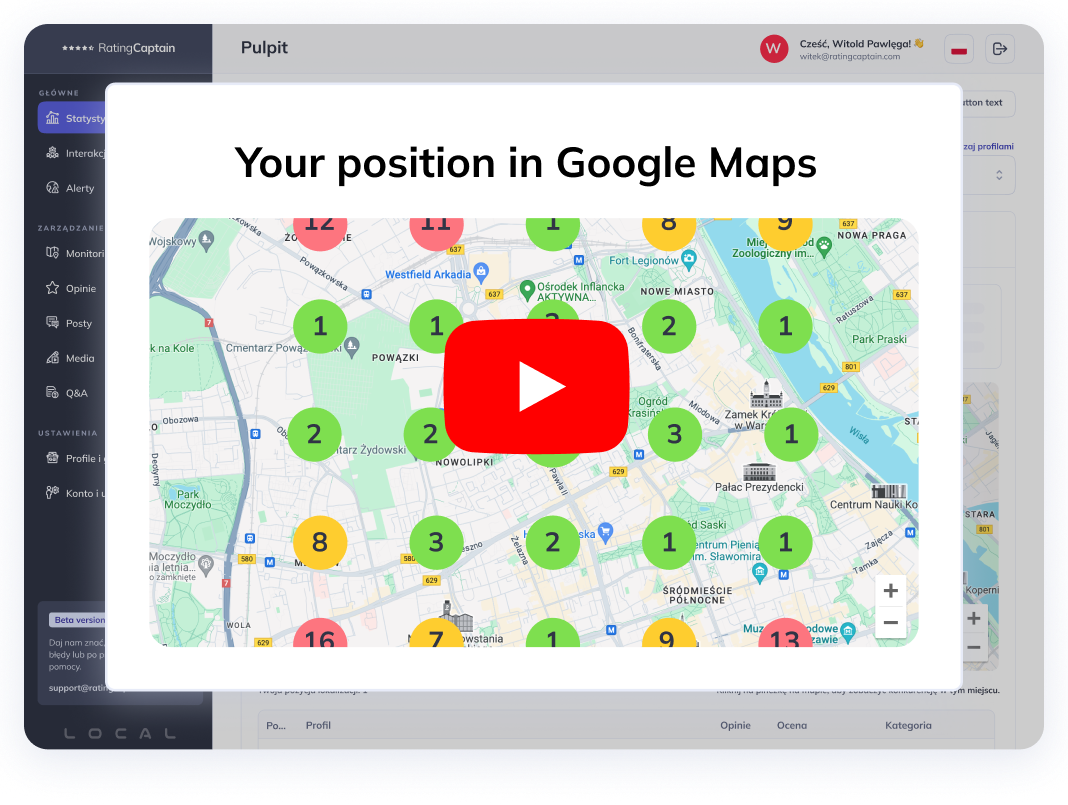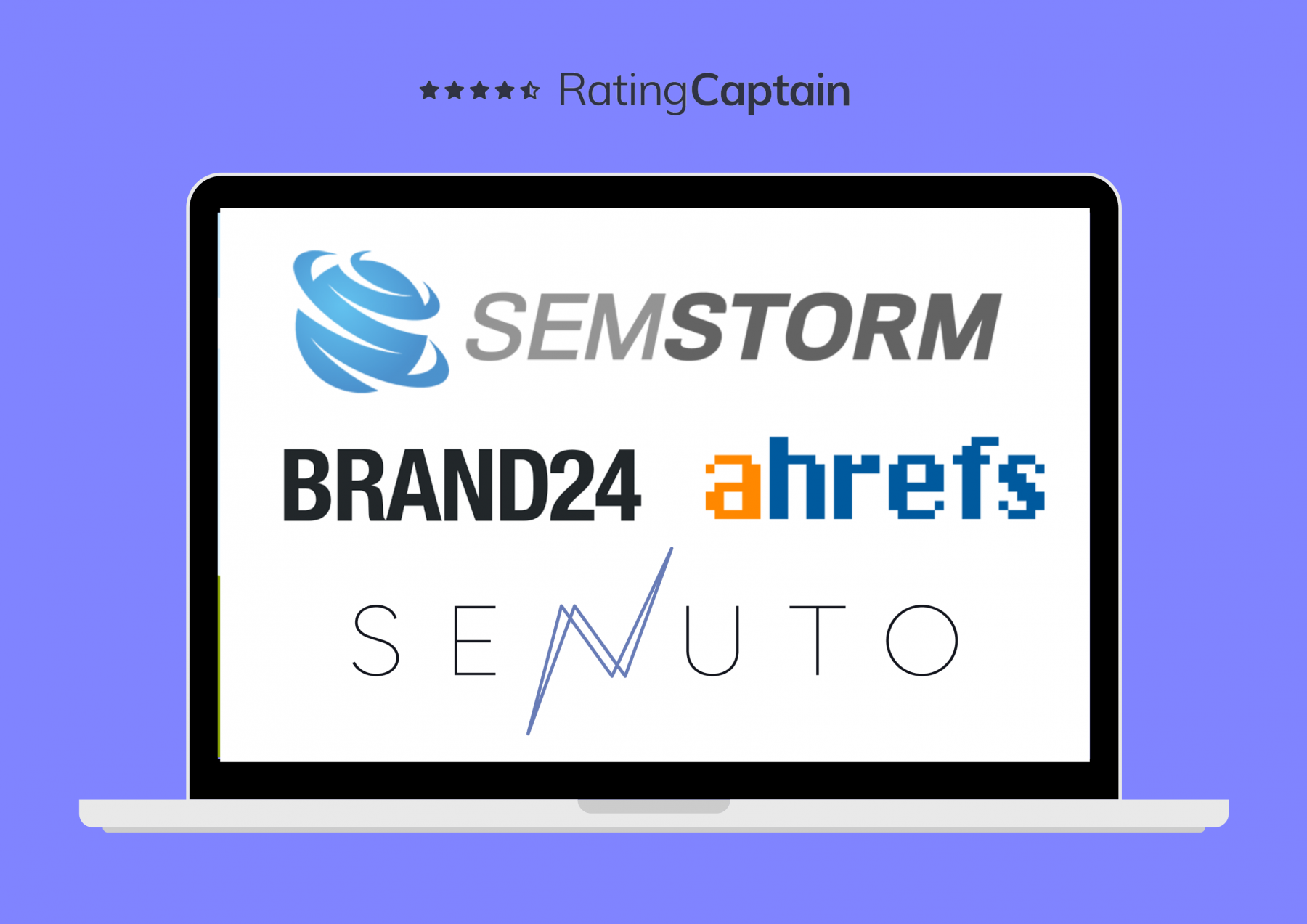

Competitor analysis - how to conduct it?

Table of contents
A well-conducted competitor analysis can be an extremely helpful element in developing a business strategy. A thorough interpretation of your competitors will allow you to identify the strengths and weaknesses of both your own company and your competitors, giving you the opportunity to optimize your actions and strengthen your position in the market. Additionally, analyzing the behavior of your rivals will also allow you to identify emerging market trends and refine the needs of your customers. So how do you do it best?
Competitor analysis - where to start?
First and foremost, it is important to realize that there are several areas worth monitoring, and depending on the observed channel, we will use different metrics and applications to obtain them. A comprehensive and specialized competitor analysis should include, among others: review of social media, SEO, paid campaigns, analysis of linking and marketing profile.
Elements of competitor analysis
Assuming that you already know your direct competition, it is worth starting with analyzing their Google My Business listings, especially in the local market. Is your company's listing at least as clear to your potential customers? Is it supplemented with all the information that is included in the listings of your competitors? We have already written about the benefits of having a complete listing.
Another aspect may be analyzing the number of reviews on your competitors' listings. If your competition has more reviews than you, remember that Rating Captain can help you!
When conducting an audit of your competitors' activities, it is also worth checking their social media channels. On which platforms are they present and how many followers do they have? What does their communication with customers look like, as well as their content marketing, which is a strategy of regularly publishing attractive and relevant content for the audience?

Competitor analysis - tools
Now that you know where to start with manual competitor research, let's consider how and which dedicated applications are worth using for a comprehensive competitor analysis. Below, we present profiles of selected platforms.
Senuto
This platform allows you to analyze your visibility in the Google search engine in the context of keywords. It shows on which keywords and at what position in the search results the selected website appears. The tool generates a report summarizing our competitors, highlighting common keywords, those mainly used by us, and those used only by our competition. This is where you can gain the most by incorporating unused keywords into your company's marketing activities.
SEMstorm
It is another tool for conducting SEO competitor analysis. It allows you to examine a selected website, generating a chart showing the domain's visibility in the context of keywords and estimating the traffic on the site. The generated report also tracks position changes over time and analyzes the competitive nature of a given keyword. Additionally, it reveals your top eight competitors, taking into account their statistics and allowing for indirect comparison with a specific competitor from the system.
Ahrefs
A comprehensive competitor analysis also includes tracking incoming links. Ahrefs analyzes competitiveness based on the number of external links pointing to the analyzed websites and internal subpages. It estimates indicators describing the linking profile of a given subpage (UR - URL Rating) and the entire domain (DR - Domain Rating). This way, you can focus on reputable websites where it is worth getting linked. Ahrefs also allows you to estimate the interest in certain content by analyzing the number of market articles (specifically their titles) on a given topic.
Brand24
This is an application for monitoring the internet and tracking threads published on popular platforms, as well as on blogs or internet forums where your company is mentioned. This allows you to check how your online reputation looks, by learning, for example, feedback from customers. By substituting the object of such analysis with your competitor, you can examine their profile, identifying not only the strengths they most likely use to promote their products and services, but also identifying certain gaps and shortcomings.
Summary
Regardless of which tool you use and which areas you monitor, try to extract as much useful information as possible from the analysis results each time. Treat your competitors' actions as a source of inspiration and improve processes where they leave you behind. Ultimately, the game often revolves around the highest position in search results.
Please rate this article
Local SEO tool
for agencies
Automate your local SEO
and track Google Maps visibility


